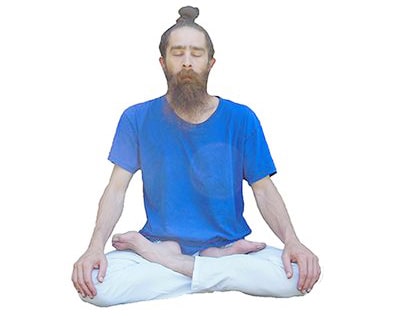
Murcha Pranayama

In Sanskrit, Murcha means "fainting" or "swooning" and Pranayama means "control of the life force energy" or "breathing exercises." This practice is a Vishama Vritti Pranayama practice, meaning "unequal ratio breathing" where the inhale is lengthened and includes Antara Kumbhaka, meaning "internal breath retention". This practice is described in the Gheranda Samhita and the Hatha Yoga Pradipika.
With this practice, the breath is inhaled slowly and retained for an extended period of time, therefore this practice is also referred to as the fainting breath or the swooning breath.
Practice
Sit in a Meditative Asana or a comfortable seated position.
Preform Khechari Mudra.
Preform Ujjayi Pranayama.
Preform Shambhavi Mudra.
Straighten the arms while pressing down on the knees with the hands.
Hold the breath for as long as you are comfortable while preforming Shambhavi Mudra.
Exhale, relaxing the arms. With the eyes closed bring the head back to a neutral position.
Keeping the eyes closed, relax the entire body for at least three seconds.
This is one round.
The six cleansing actions are intended to be the start of a Yoga practice in order to clean, strengthen, remove toxins and improve the flow of Prana through out the practitioner.
Yoga poses help to elongate and strengthen the muscles of the body as well as to calm the mind for the deeper spiritual practices of Yoga.
Breathing exercises are a great practice to remove carbon dioxide, increase lung capacity as well as being a good preparatory practice for the deepest spiritual practice of Yoga, Meditation.
The four body locks that makes up this practice give the practitioner the ability to hold or lock Prana in certain locations of the body. These practices also allow the practitioner to release blockages that may be holding the practitioner back.
The gestures in this practice include the whole body and are intended to awaken Prana, Chakras as well as Kundalini energy within the practitioner.
Meditation is the highest spiritual practice of Yoga which is why this practice is the most difficult practice to preform, but with correct knowledge and dedication, can be the most profound practice of Yoga.